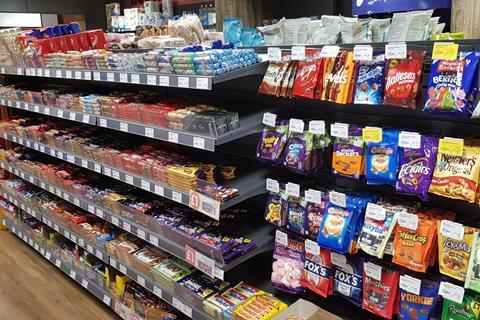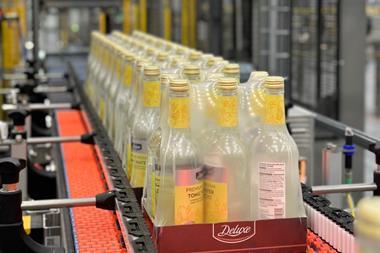
England’s National Food Strategy in 2019 was clear that food system reform was needed to protect the NHS, improve the health of the nation, and save the environment. It pointed out that poor diet contributes 64,000 deaths a year and costs the economy £74bn. There have been vocal calls to levy additional taxes based on sugar and salt content, but the government does not seem to be inclined to increase taxes for lower-income families who would be hit hardest.
Emboldened by the success of the sugar levy in April 2018, which led to a one-third reduction of added sugar in soft drinks, the government is now turning its attention to rules governing HFSS products. New legislation is due to come into force next October, with the burden falling mostly on retailers and manufacturers rather than consumers. It means HFSS products will no longer be allowed to be positioned prominently in stores, will be banned from volume-based promotions and cannot be advertised online or on TV between 5.30am to 9pm.
From a UK food retailer perspective, we think the biggest risk is from commercial income – namely funds received from suppliers to incentivise sales of their products. We suspect HFSS products are disproportionate generators of commercial income and some of the historically most enthusiastic suppliers will no longer be able to ‘buy’ locational exposure for their products in the same way they have done.
From a manufacturer point of view, some categories could be hit hard, with IRI estimating UK chocolate sales could fall by 14% and biscuits, crisps, pizza and ice cream sales falling in a mid single-digit range. In terms of the reach of these rules, Kantar estimates the proportion of UK take-home food and drink spend that is actually affected by ‘in scope’ HFSS products is circa 15%, which accounts for circa £17bn of annual spend.
The nutrient profiling model (NPM) that categorises a product as HFSS awards points for saturates, sugars, salt and calories, and deducts points for fibre and protein. If a food item scores four points or more, it will come under the scope of the new rules. However, some retailers claim the NPM is complex, ambiguous and outdated, derived from a 2004 scoring model. The industry is pushing for more time to implement the rules, even though the legislation has already been delayed by six months.
In terms of consequences, we would expect to see significant reformulation from manufacturers. A category such as cereals has seen a lot of reformulation already, so many products can now be classified as non-HFSS. However, there are some product types, such as chocolate bars, where suppliers will struggle to ensure compliance without undermining customer acceptance of the product.
Retailers will also need to reorganise store layouts. IRI estimates HFSS categories currently occupy circa 38% of display space (i.e. non-aisles) within stores and that this will fall to circa 12% of display space after the rules are implemented. This would free up space for healthier foods which typically have higher selling prices. We could also see more food produced in store or sold loose, which can be located or promoted without restrictions.
The UK is taking a unique interventionist approach that will be closely watched by other countries to see if it helps bring down obesity rates. In the EU, there is increasing momentum for suppliers to provide a ‘Nutri-Score’ on their product packaging – but this remains voluntary and falls well short of the new UK rules.
This is a bold move by the UK and despite the undoubted teething problems, if it has similar success to the soft drinks levy, it could make a material difference to the nation’s health.



















No comments yet